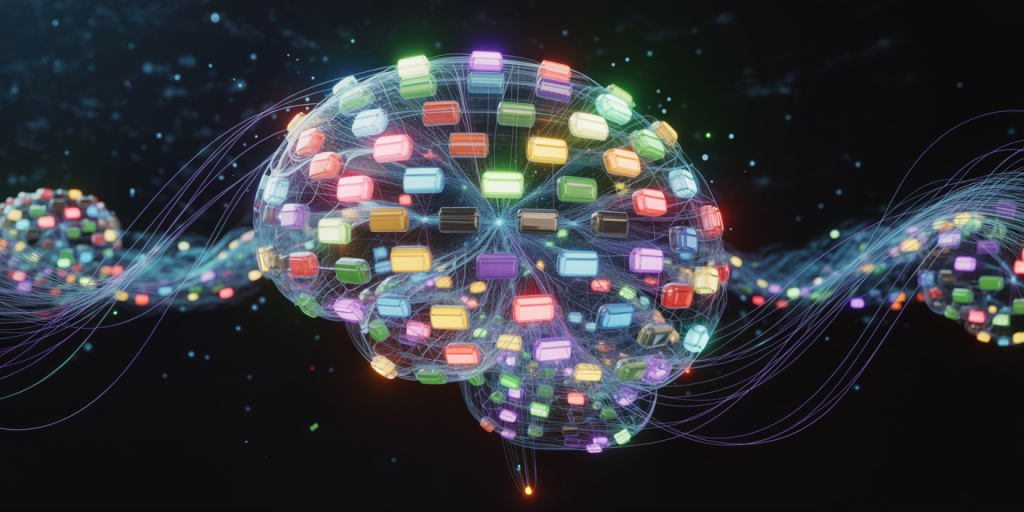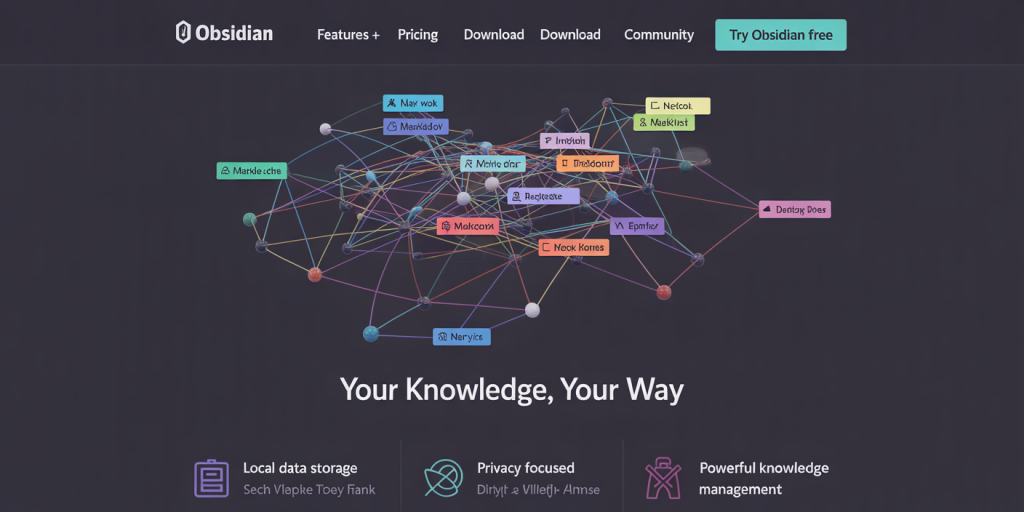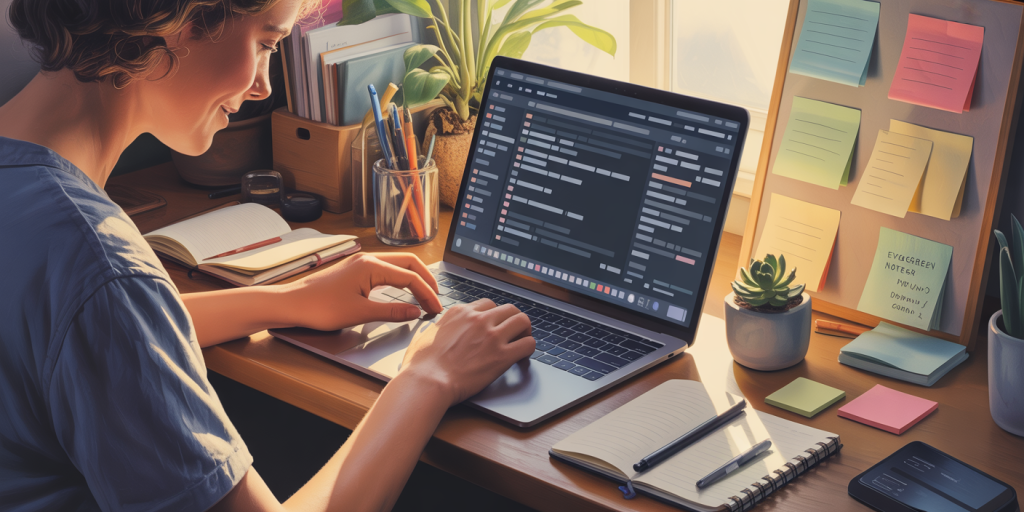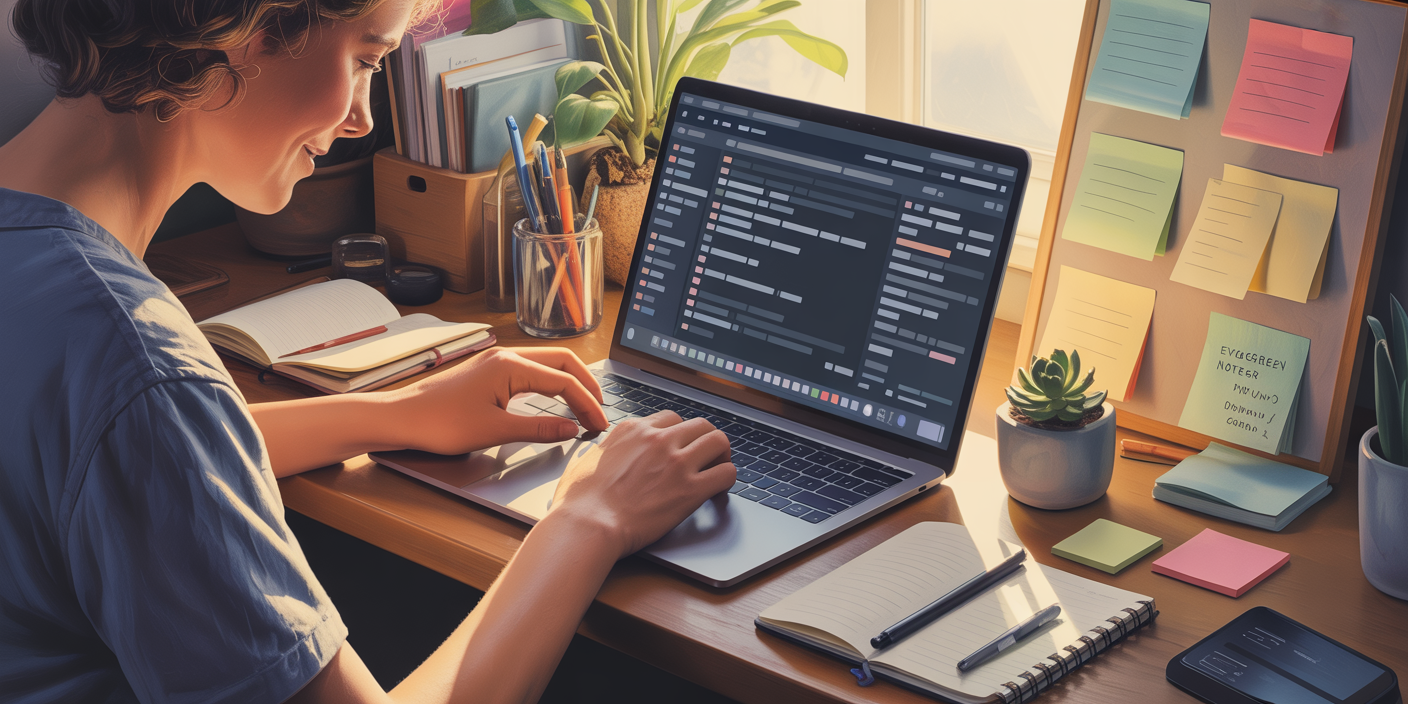How to Build a Second Brain Using Obsidian
In today’s information-rich world, managing vast amounts of data and knowledge efficiently has become paramount. Many professionals, students, and lifelong learners are overwhelmed by information overload, struggling to retain, organize, and leverage their insights effectively. Enter the concept of a “Second Brain,” a digital system designed to externalize your thoughts and knowledge, enabling easier recall, deeper understanding, and enhanced productivity. This article explores how to build a Second Brain using Obsidian, a powerful note-taking and knowledge management tool that has risen in popularity for its flexibility and capability.

Why You Need a Second Brain in the Digital Age
Information doubles every two years, according to a 2023 report from International Data Corporation (IDC). With this exponential growth, relying solely on human memory becomes futile. A Second Brain serves as an externalized cognitive system, capturing knowledge in structured formats, ensuring nothing valuable slips through the cracks. This system transforms scattered notes, insights, and resources into interconnected, accessible wisdom.
Building a Second Brain isn’t about collecting random facts – it’s about creating a personal knowledge ecosystem where ideas connect, evolve, and generate new insights. Real-life examples include Tiago Forte’s “Building a Second Brain” methodology, which stresses progressive summarization, tagging, and linking notes to boost creativity and organization. By harnessing tools like Obsidian, you can replicate and tailor this framework digitally.

Understanding Obsidian’s Role in Knowledge Management
Obsidian is a markdown-based note-taking app celebrated for its robust features that mimic human thought processes. Its uniqueness lies in its graph view, backlinking capabilities, and local-first data storage, offering complete ownership and privacy. Unlike cloud-based notes apps like Evernote or Notion, Obsidian stores your notes locally, providing security and offline accessibility.

Consider a software developer who juggles multiple programming languages and concepts. Using Obsidian, they can create notes for each language, link problem-solving patterns, and document solutions. When a bug arises, they quickly reference interconnected notes, accelerating troubleshooting. This concrete example reflects how Obsidian enhances efficient knowledge retrieval.
A comparative table below summarizes Obsidian against other popular note-taking tools:
| Feature | Obsidian | Notion | Evernote |
|---|---|---|---|
| Data Storage | Local (user-controlled) | Cloud-based | Cloud-based |
| Markdown Support | Full | Partial | Limited |
| Linking Notes | Bi-directional links | Limited | Limited |
| Graph Visualization | Yes | No | No |
| Offline Accessibility | Yes | Limited | Limited |
| Plugins & Customization | Extensive | Moderate | Limited |
This flexibility and depth make Obsidian ideal for building a Second Brain tailored to personal workflows.
Setting Up Your Second Brain Architecture in Obsidian
Creating a Second Brain requires a systematic setup, starting with the right folder structure, note templates, and tagging systems. The cornerstone is organizing knowledge into manageable components: projects, evergreen notes, resources, and daily logs.
Start by creating folders such as “Inbox” for raw ideas, “Projects” for active tasks, “Permanent Notes” for refined knowledge, and “References” for external sources. This aligns with the PARA (Projects, Areas, Resources, Archives) method popularized by Tiago Forte and is easily implemented in Obsidian.
Templates can accelerate note creation by standardizing key fields such as title, tags, links, and metadata. For example, a template for permanent notes might include sections for summary, insights, related notes, and action items. Utilizing Obsidian’s templater plugin automates this, saving time and ensuring consistency.
Tagging enhances retrieval by creating thematic connections. Tags like #idea, #research, or #urgent enable quick filtering. Combined with backlinks, tags make your note network dynamic and interlinked, reflecting a cognitive map rather than a static archive.
Leveraging Bi-Directional Linking and Graph View for Contextual Learning
One of Obsidian’s most powerful features is its bi-directional linking. Unlike traditional note apps where links point in a single direction, Obsidian allows both linked and backlink references. This feature fosters a web-like structure of notes, enabling context-rich navigation.
For example, a marketing professional writing about “Content Strategy” can link it to “SEO Techniques” and “Audience Segmentation.” When exploring “SEO Techniques,” they see backlinks to “Content Strategy,” revealing new angles and relationships previously unnoticed. This mirroring of human associative memory enhances knowledge synthesis.
The graph view visually maps all your notes and their interconnections, providing a macro perspective. This is especially useful for complex projects or extensive research, allowing you to identify clusters of related ideas and gaps in your knowledge base. Studies have shown that visual mapping improves comprehension and retention by up to 30% (Source: Journal of Educational Psychology, 2021).
Users can customize the graph view with filters, colors, and zoom levels to tailor the visualization to their needs. This seamless interplay between linear text and network graph embodies Obsidian’s strength in supporting contextual, non-linear thinking.
Implementing Progressive Summarization and Evergreen Notes
A vital technique in building a Second Brain is progressive summarization, a method that distills the essence of knowledge over time. The goal is to transform fleeting or reference notes into evergreen notes—durable knowledge artifacts that are easy to recall and update.
For instance, after reading a detailed report on “Remote Work Trends,” initially capture highlights in an inbox note. Gradually, rework the note by bolding critical ideas, adding your interpretation, linking related notes, and finally creating a polished summary that reflects your understanding. This process, supported by Obsidian’s markdown features and highlighting tools, optimizes learning.
Evergreen notes embody atomic knowledge units—concise, standalone insights that connect with others organically. A researcher may have evergreen notes on “Cognitive Load Theory,” “Dual Coding,” and “Spaced Repetition.” Linking these creates a rich knowledge web that supports deeper exploration and novel idea generation.
Such a dynamic compendium contrasts with a passive archive, promoting active engagement with materials. Studies suggest that note-taking combined with iterative summarization enhances long-term memory retention by 50-70% (Source: Psychological Science, 2019).
Integrating Task Management and Daily Journaling for Continuous Growth
A Second Brain integrates not just knowledge but also action. Obsidian can be extended through plugins like the Daily Notes and Kanban boards to incorporate task management and journaling, essential for productivity and reflection.
Daily journaling helps capture spontaneous thoughts, track progress, and consolidate learning. For example, a writer might maintain daily notes reflecting on writing challenges, new vocabulary, or inspirational ideas. Over time, patterns emerge, fueling a cycle of improvement.
Task management within Obsidian can be managed via checklists and project notes featuring to-dos. The Dataview plugin allows queries such as “Show all tasks tagged ‘#urgent’ from this week,” turning your Second Brain into a powerful productivity hub.
Integrating these facets ensures that the system evolves with your needs, blending knowledge storage with practical execution—a key principle in successful personal knowledge management frameworks.
Future Perspectives: The Evolution of Second Brains with AI and Obsidian
The concept of a Second Brain is continuously evolving, with AI and machine learning poised to contribute significantly to its advancement. Obsidian’s plugin ecosystem is rapidly integrating AI-assisted features such as automated summarization, smart linking suggestions, and content generation.
Imagine a future where Obsidian proactively surfaces relevant notes based on your current project or browsing behavior, much like a cognitive assistant. This will not only streamline information retrieval but also enhance creativity by suggesting novel connections and unexplored domains.
Furthermore, advances in semantic search and natural language processing will make your Second Brain more intuitive, adapting to your language patterns and work style. This personalization could reduce cognitive load, allowing users to focus more on insight generation than on management.
As tools like Obsidian embrace these technologies, the Second Brain will transform from a static repository into a dynamic partner for thinking and learning, revolutionizing how individuals handle information in an increasingly complex world.
By following these detailed strategies and harnessing Obsidian’s unmatched features, anyone can build a reliable, personalized Second Brain. This system not only mitigates information overload but also fosters continuous growth, creativity, and productivity in both professional and personal arenas.
